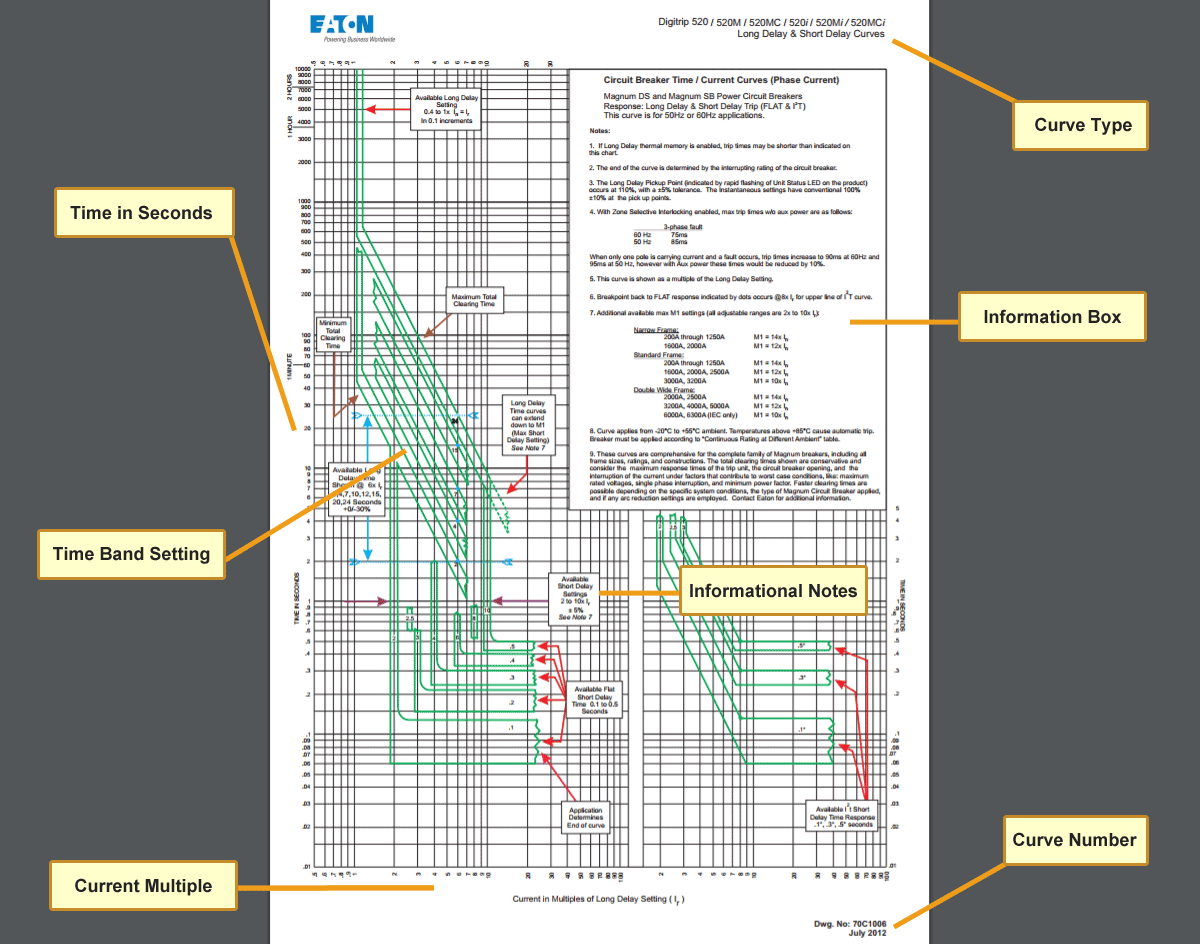I should have said “one doesn’t have to make calculations” but didn’t want to sound pretentious
My argument is that if a circuit can handle a 32A load then it should be called a 32A circuit, not a 40A circuit. The buffer should be built intrinsically into the code, rather than having to be recalculated again and again and again for every new installation.
If the road can accommodate 40 cars per second typically, but only 20 cars when it snows, and it doesn't snow more than 20 days per year, how would you rate the road? 20 cars or 40 cars per second?
There is a very obvious reason for this, though. If you were to do this, requiring everything to be built to 100% continuous use, then you are requiring extra cost of thicker wire size in that 90% of cases where it is just useless and unused. And that is 90% of every circuit in every building in the country. That is a gigantic waste of money.
Besides wasting money, it creates a safety issue. If you have a 32A circuit, and you put a 32A breaker there, then then the breaker will periodically falsely trip when exposed to a continuous 32A current. If you oversize the breaker, then it will fail to immediately trip when higher current flows through, creating a dangerous situation.



